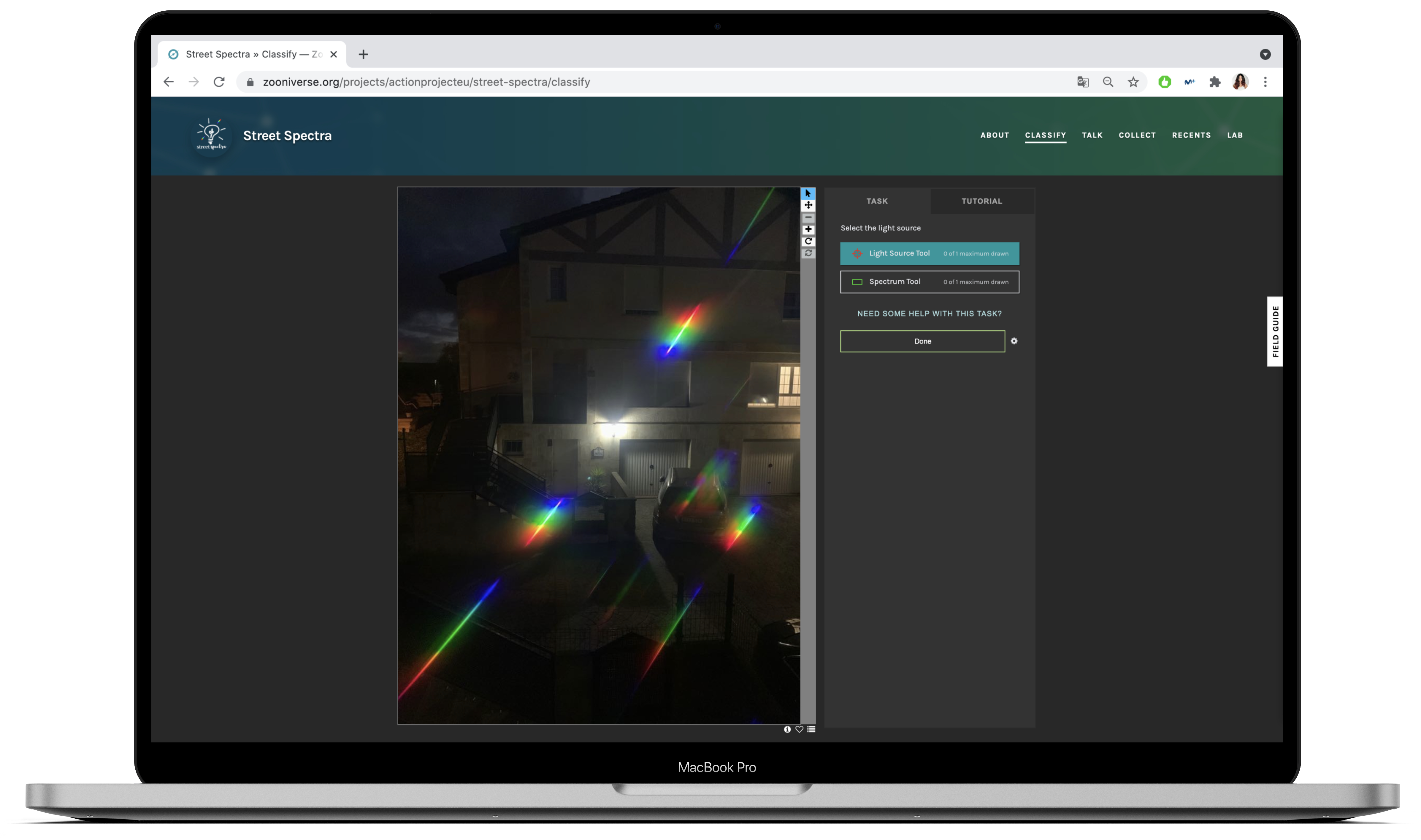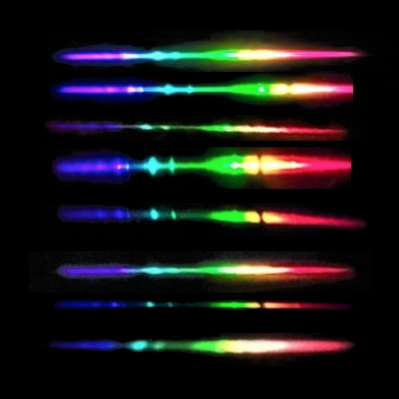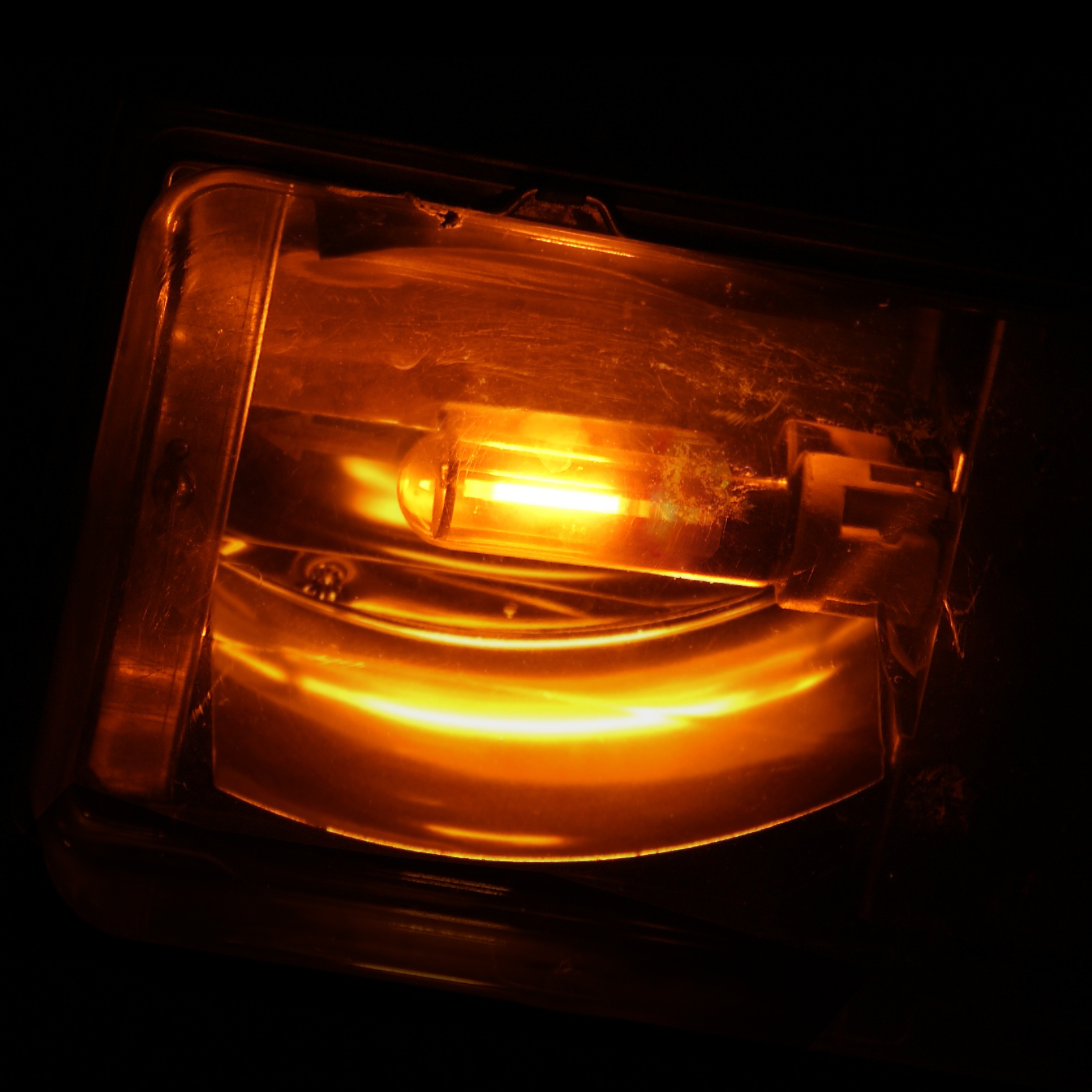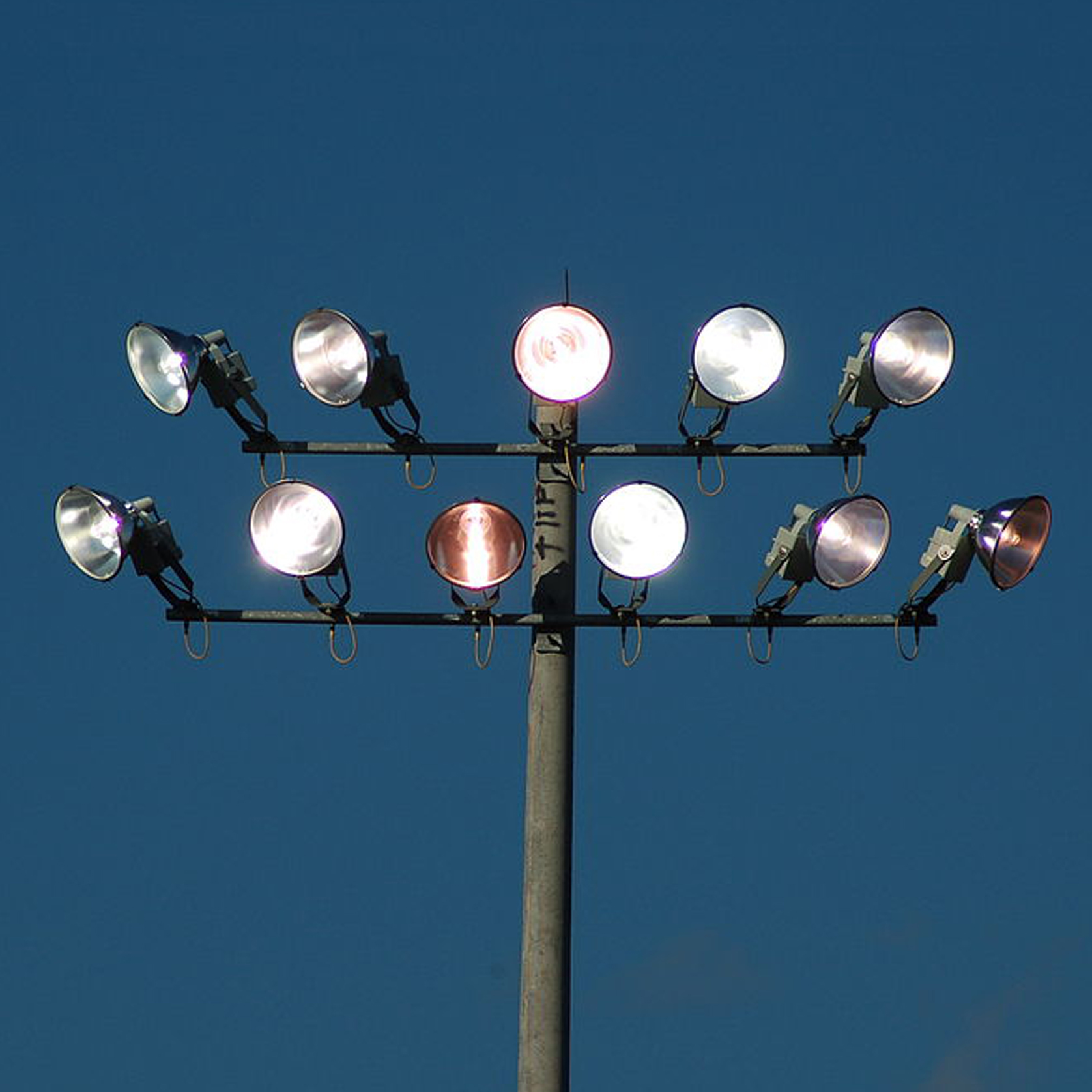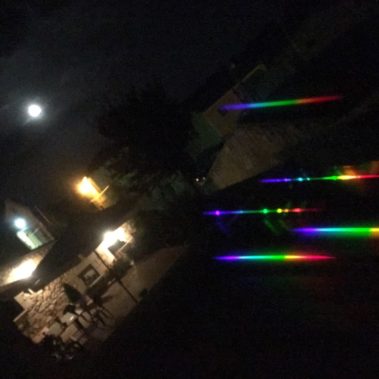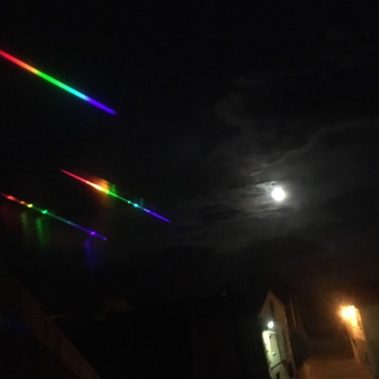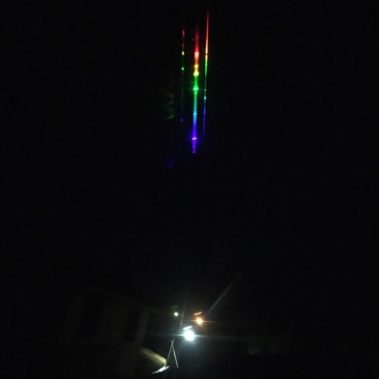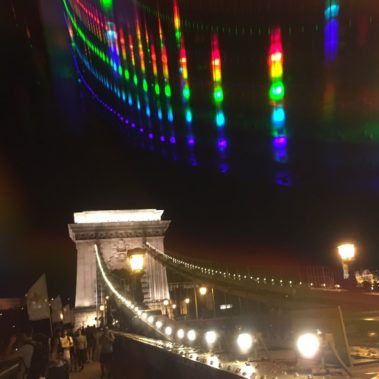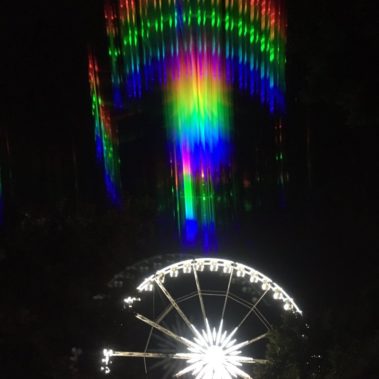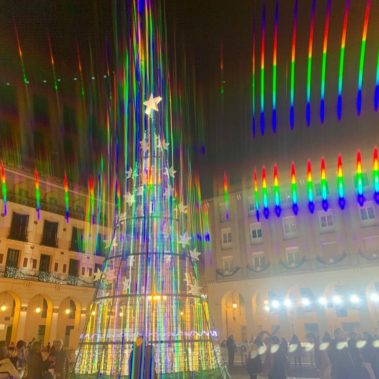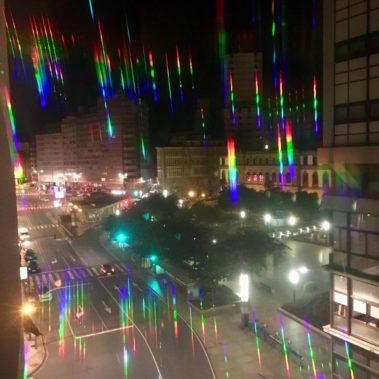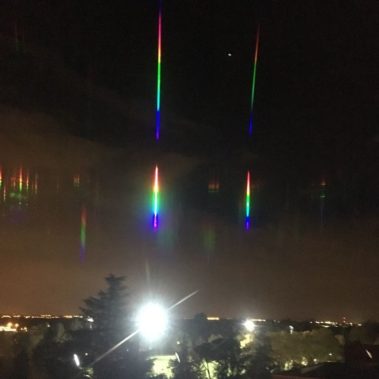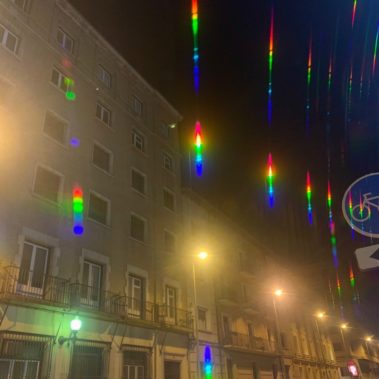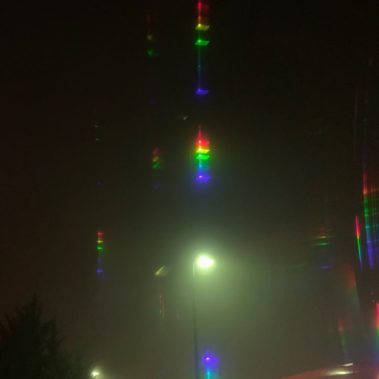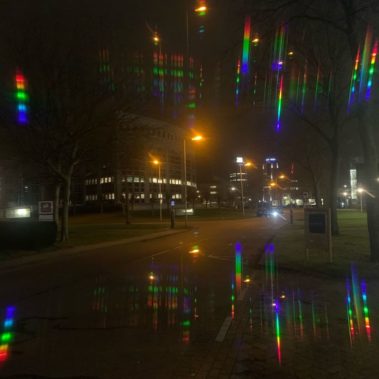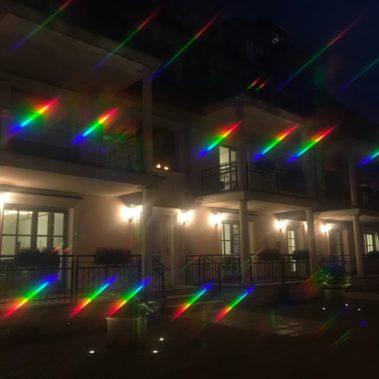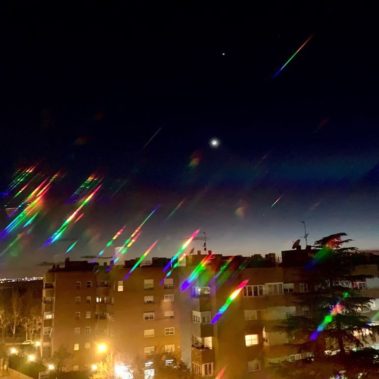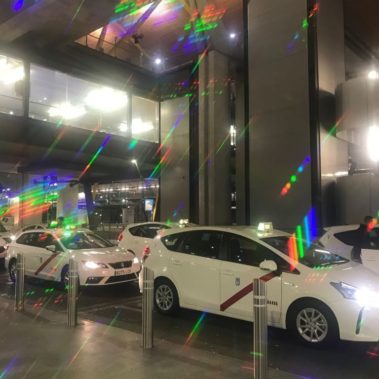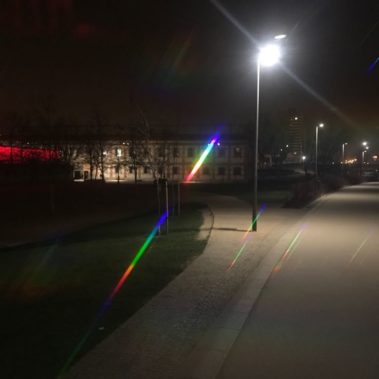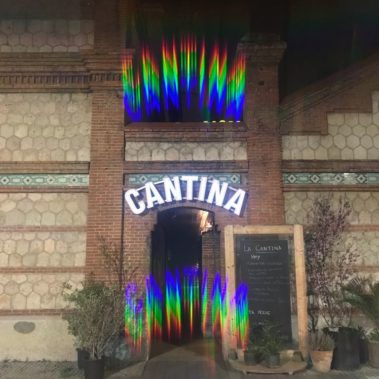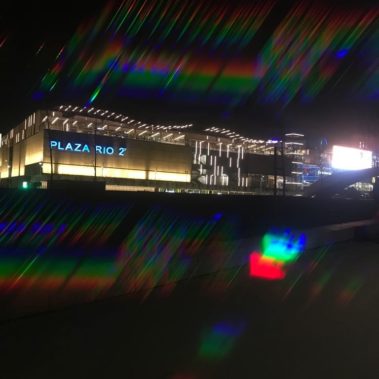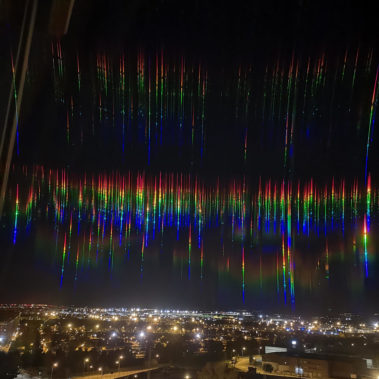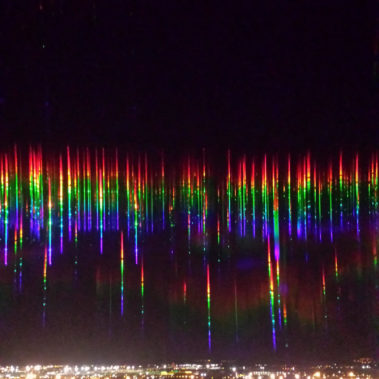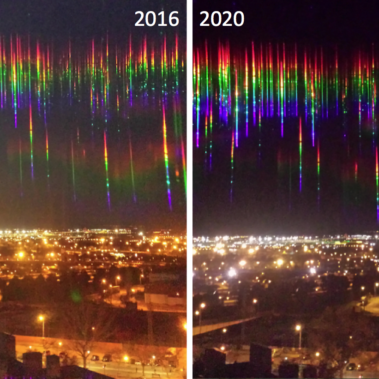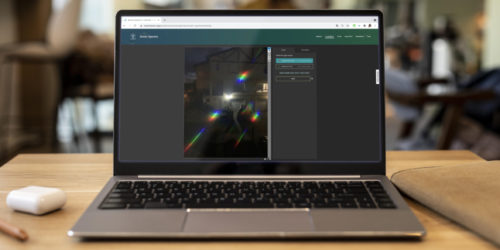
Classify with Zooniverse
Sign in
Sign it or register at the citizen science web portal zooniverse.org
Visit our project
Visit the Street Spectra project at the platform to characterize public lighting sources.
Light source tool
Use the light source tool to point out a lamp in the picture with a visible spectra
Select a spectra
You can choose the first order spectrum or the second order one if the first one is saturated.
Spectrum tool
Use the spectrum tool to draw a rectangle and rotate it to fit the spectra.
Classify
Compare your spectra with the ones below to classify
Sign in
Sign it or register at the citizen science web portal zooniverse.org
Visit our project
Visit the Street Spectra project at the platform to characterize public lighting sources.
Light source tool
Use the light source tool to point out a lamp in the picture with a visible spectra
Select a spectra
You can choose the first order spectrum or the second order one if the first one is saturated.
Spectrum tool
Use the spectrum tool to draw a rectangle and rotate it to fit the spectra.
Classify
Compare your spectra with the ones below to classify
Street lamps classification
HPS
High pressure sodium
Brighter in the yellow region with lines at 598 (bright doublet), and 616 nm.
More lines appear at:
Blue 467, 475 and 498 nm
Green 515, 546 and 569 nm
MV
Mercury vapor
Bright violet line. The spectrum has emission lines of mercury as 408, 436, 492 (very faint), 546, 577, 579, 620 nm.
MH
Metal halide
The spectrum has emission lines of mercury as 408, 436, 492 (very faint), 546, 577, 579, 620 nm.
LED
Light Emitting Diode
The spectra of this lamps is a continuous rainbow of light without any bright or dark lines.
Got something different?
The LICA-UCM lamps spectral database gathers more than 100 different sources
Use Zooniverse to classify the existing spectra
You are just one click away from participate
Some of our favourites
From some specific locations it is possible to get the spectra of full neiborhoods. If more of one picture is taken at different times it is possible to get a general feeling of the transition into LEDs. This is the case of these pictures taken by Cristobal García at Coslada, Madrid, Spain.
Check amazing pictures!
Help classifying at our Zooniverse project
Zooniverse is home to our citizen science project as the images allow street lamps classification by comparison with example pictures of well known lighting systems.
Street Spectra is part of ACTION project
Check Out Other Projects!
This project has received funding from the European Union’s Horizon 2020 research and innovation programme under grant agreement No 824603.
jzamorano@fis.ucm.es

